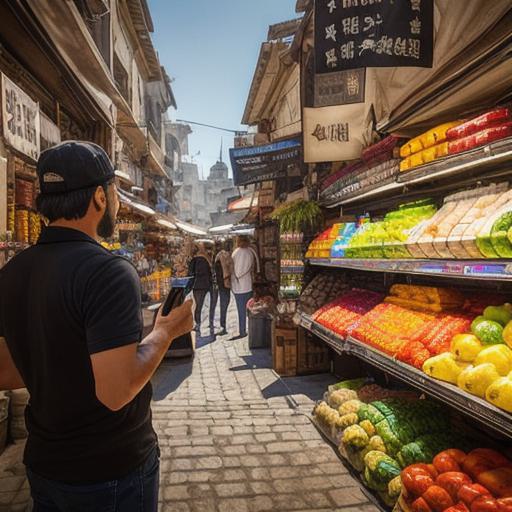In today’s marketplace, distinguishing replicas from originals is crucial, particularly in industries plagued by counterfeiting. Replicas are exact copies or imitations of products, with ethical and legal implications varying depending on the context.
Counterfeit fashion goods cost businesses billions annually and pose consumer safety risks due to inferior materials and manufacturing processes (International Trade Centre, 2019).
To discern fact from fake:
- Price: If a price seems too low, it may be a replica.
- Quality: Authentic items use superior materials and exhibit better craftsmanship.

- Packaging: Official packaging includes holograms or serial numbers for verification.
- Research: Check brands online for inconsistencies like misspelled words or misaligned logos.
Replicas can have positive uses in historical preservation and artistic expression but are problematic in consumer industries, leading to revenue losses and potential safety risks. Always do thorough research before making a purchase.
FAQs:
- What happens if you buy counterfeit goods?
You may unknowingly support illegal activities and receive subpar items that could be dangerous. - How can you report suspected counterfeits?
Contact your local consumer protection agency or file a report with the brand’s customer service department. - What are common signs of counterfeit technology products?
Inferior packaging, misspelled logos, and absence of serial numbers or holograms.







